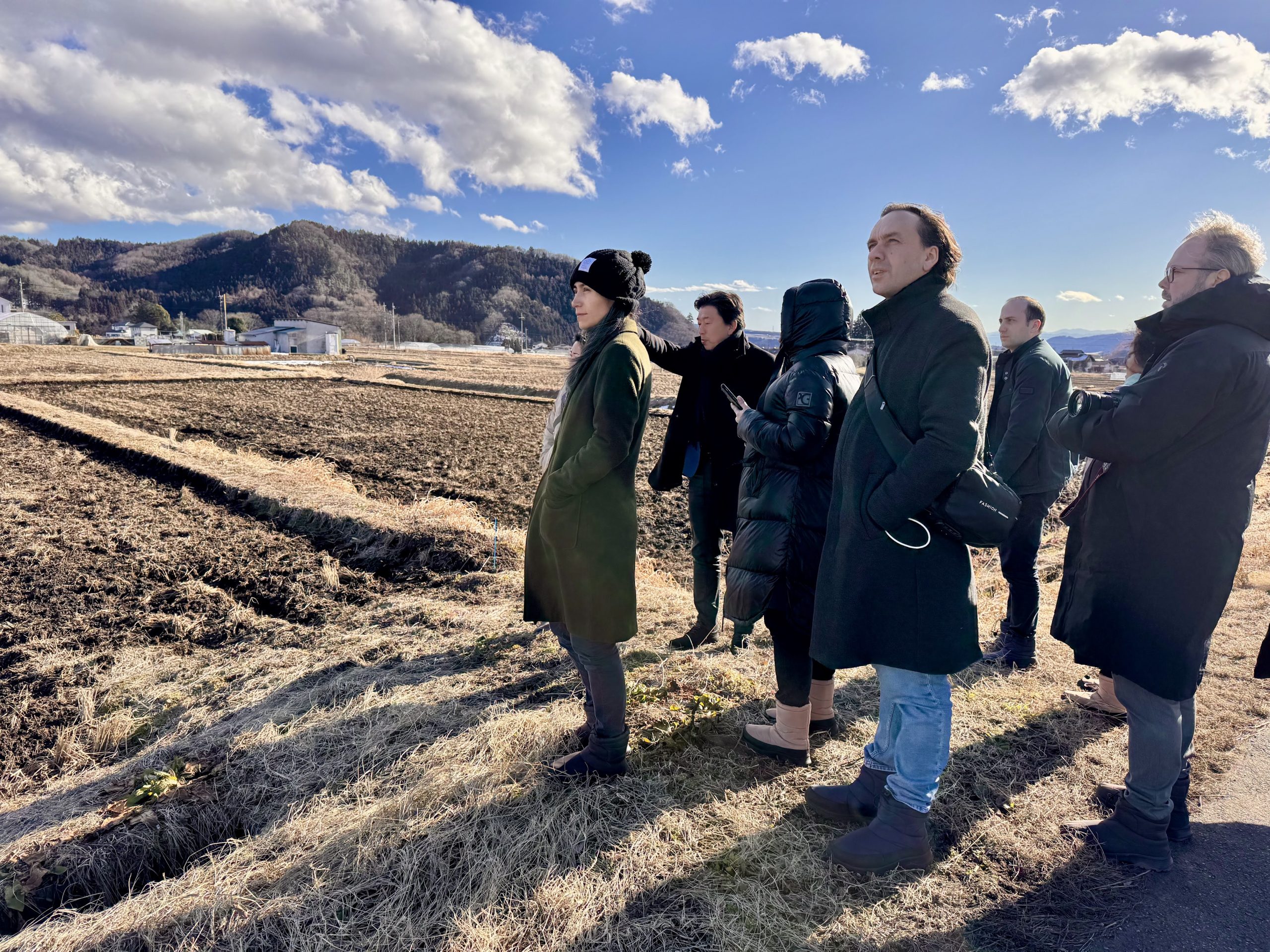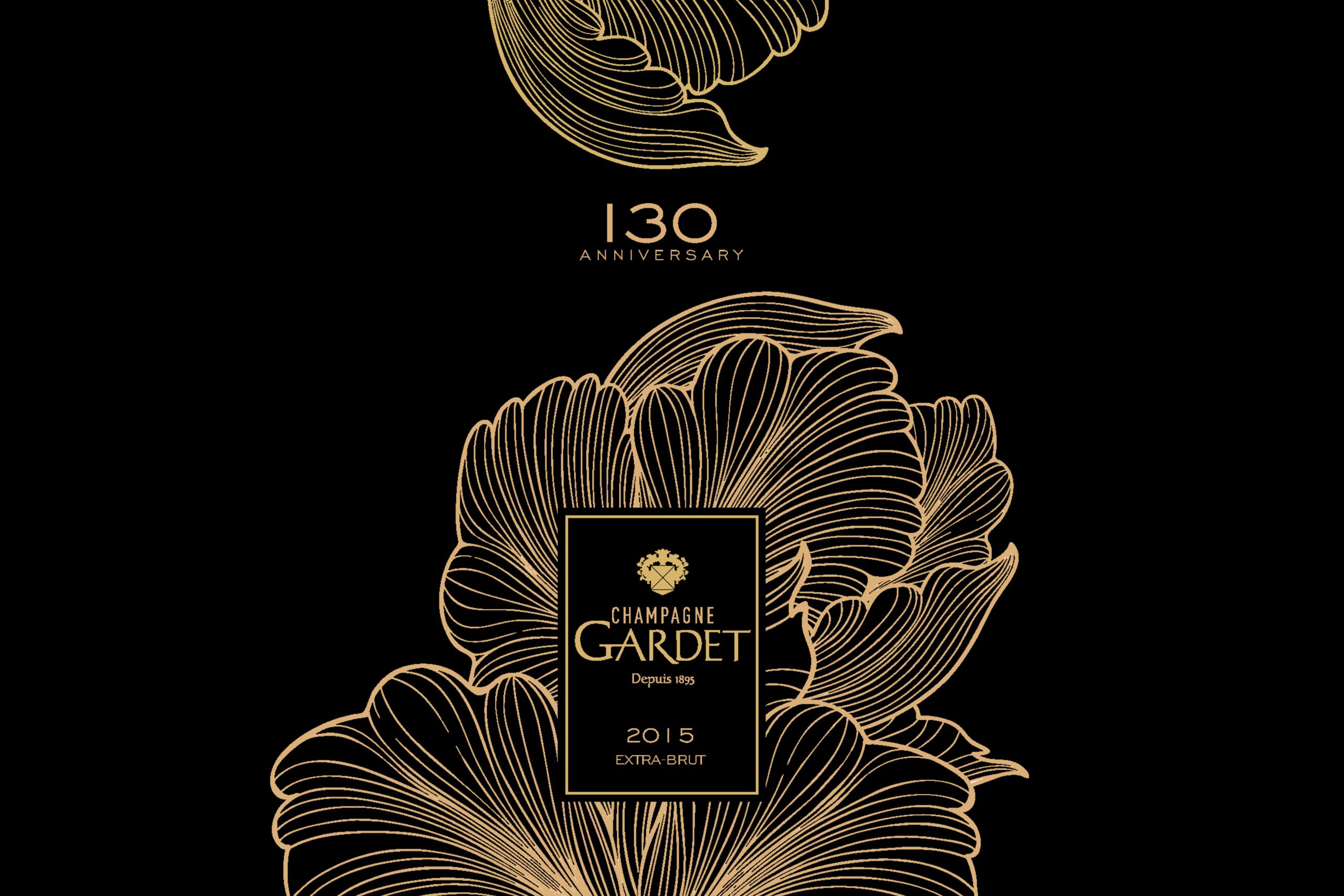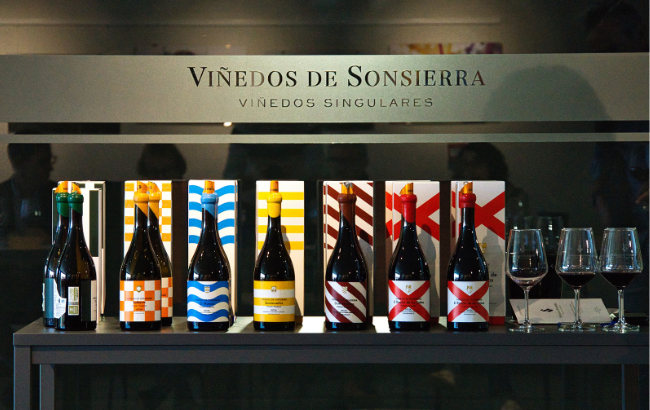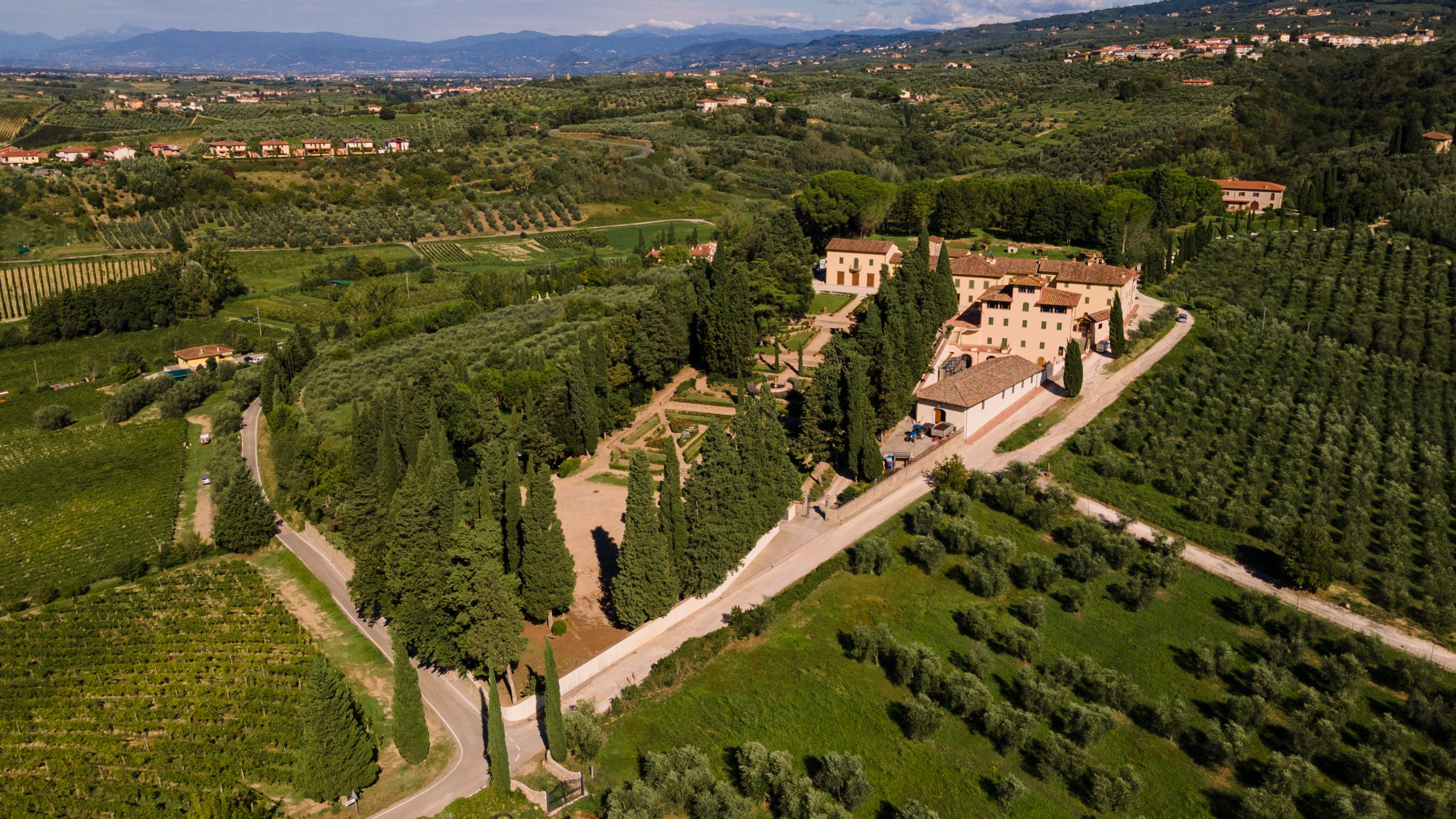Shipwreck full of Champagne discovered in the Baltic Sea
By Louis ThomasScuba divers exploring a ship which sunk off the coast of Sweden 170 years ago have uncovered 100 unopened bottles of Champagne.
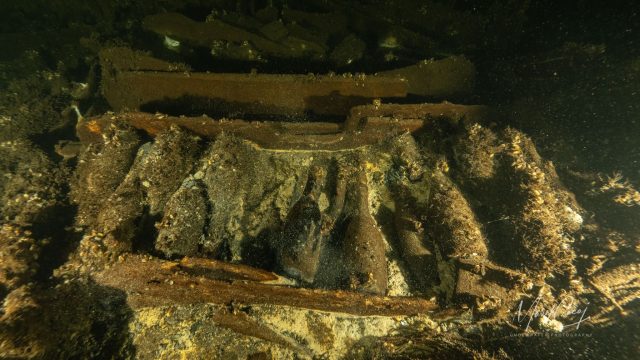
It is certainly not unheard of to find evidence of booze in shipwrecks – it is, after all something that was both part of everyday life for sailors. However, to find such a large quantity of bottles of fine wine, all still intact, is truly remarkable.
Using sonar, Polish diving group BaltiTech picked up the remains of what they believed to be the remains of a fishing ship.
However, when divers Marek Cacaj and Pawel Truszynski descended into the depths to see the wreckage for themselves, they found a more precious cargo than herring.
“We encountered a 19th century sailing ship in very good condition, loaded to the sides with champagne, wine, mineral water and porcelain,” a statement from BaltiTech explained. “There was so much of it that it was difficult for us to judge the quantities. We certainly saw more than 100 bottles of Champagne and baskets of mineral water in clay bottles.”
While the so-far unidentified Champagne might be what excites wine drinkers about this discovery, it is actually the mineral water that has helped the team to learn more about the wreck so far.
Partner Content
“In those days, mineral water, was treated almost like medicine and only found its way to royal tables. Its value was so precious that transports were escorted by the police,” the statement continued. “We came across about 100 sealed bottles of Selters water. This is a German producer which still exists, and its products are still considered exquisite. Thanks to the shape of the stamp and with historians help, we know that our shipment was produced between 1850-1867.”
The pottery that manufactured these clay bottles is still operating today. Given that the wreck is in Swedish waters, the BaltiTech team is in contact with bodies Södertörn University and the MARIS Foundation, as well as with Sweden’s leading underwater researcher, Professor Johan Rönnby, to further study it.
When they turn their attention to the Champagne, they might well discover that it is still good to drink. Several of the most expensive bottles of Champagne ever sold were salvaged from the depths, including a bottle of 1841 Veuve Clicquot, also discovered in the Baltic Sea, that sold at auction for €30,000.
Indeed, the cool conditions of the sea may actually provide the perfect cellaring conditions for sparkling wine. Among the producers to experiment with submerging bottles deliberately is East Sussex’s Rathfinny Estate.
Related news
Veuve Clicquot bets on Pinot Noir for La Grande Dame 2018
How to make top blanc de blancs in 'the kingdom of Pinot Noir'
How the wine industry is addressing labour standards in vineyards

